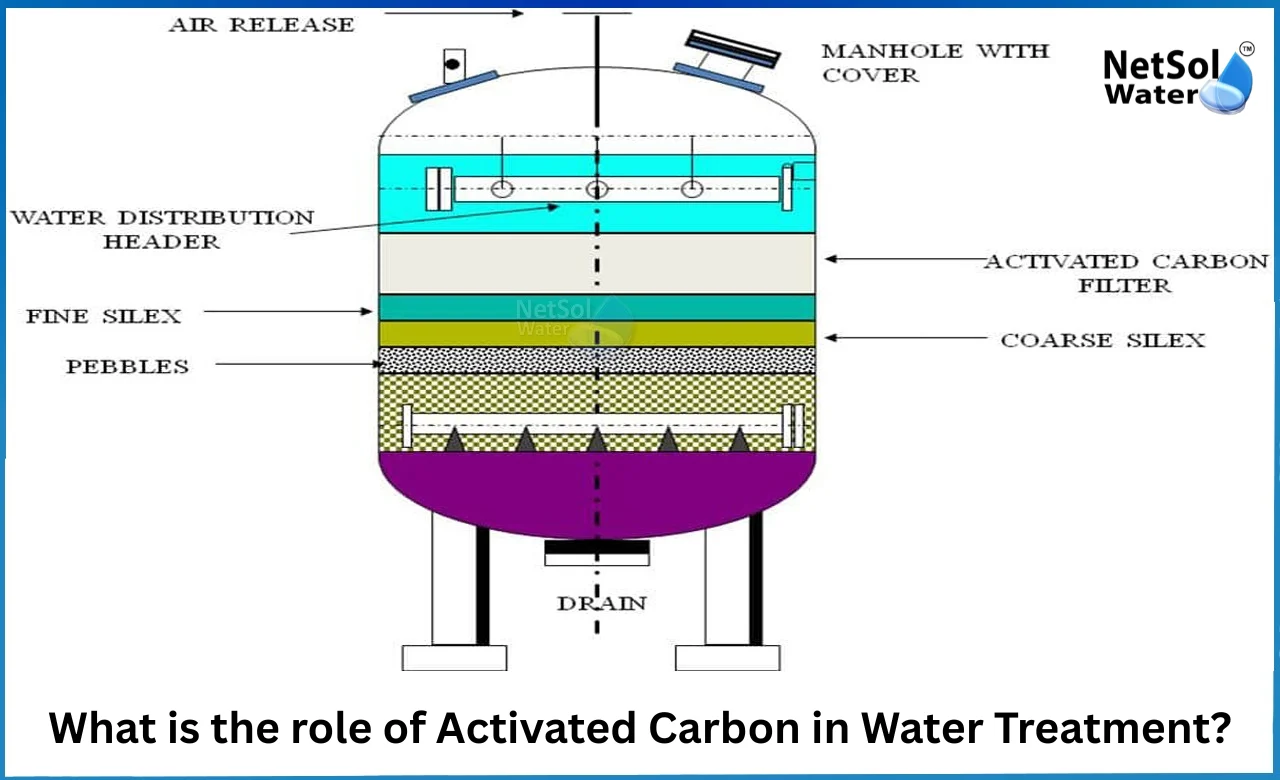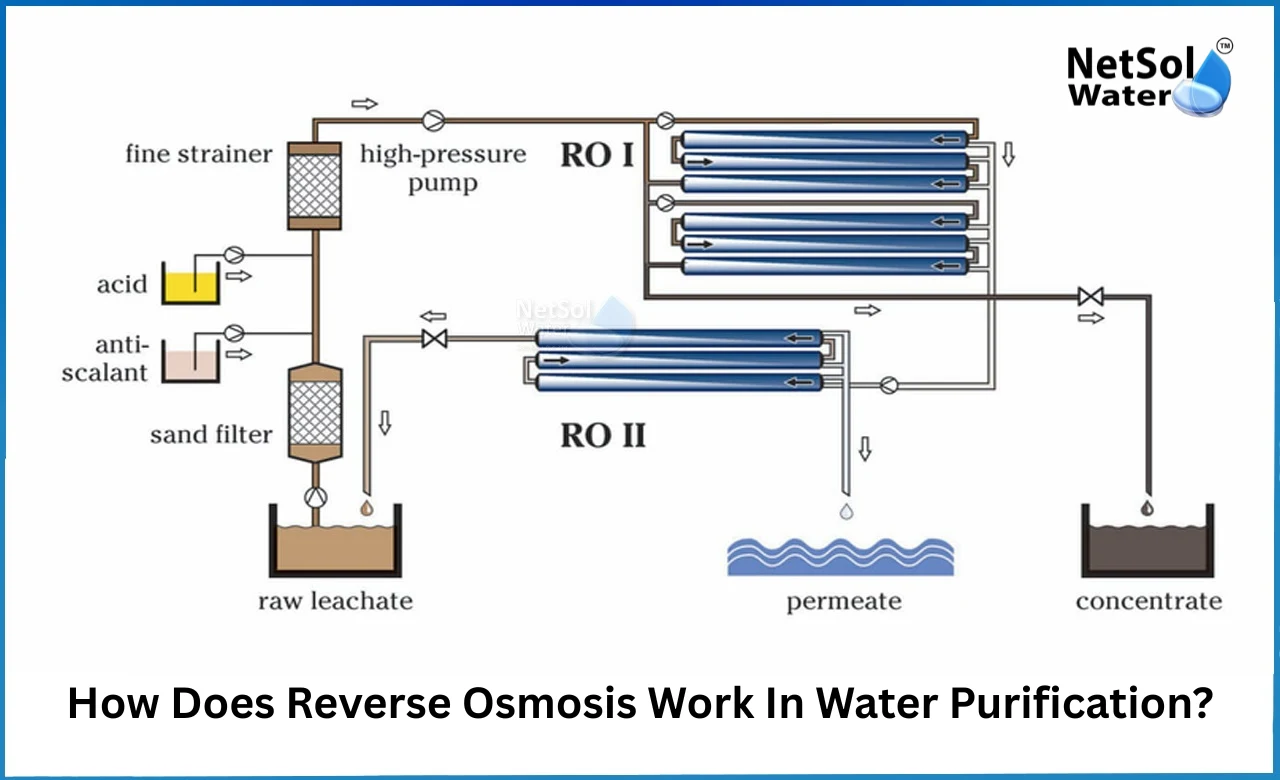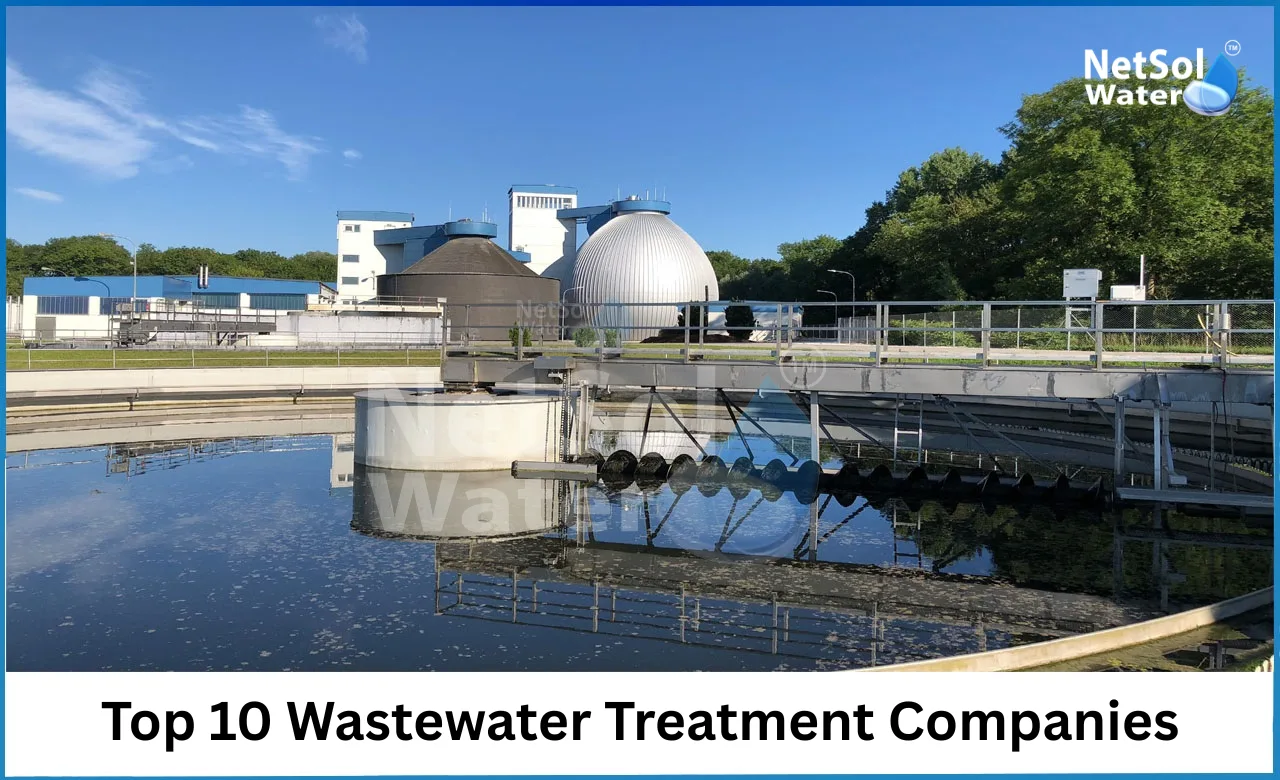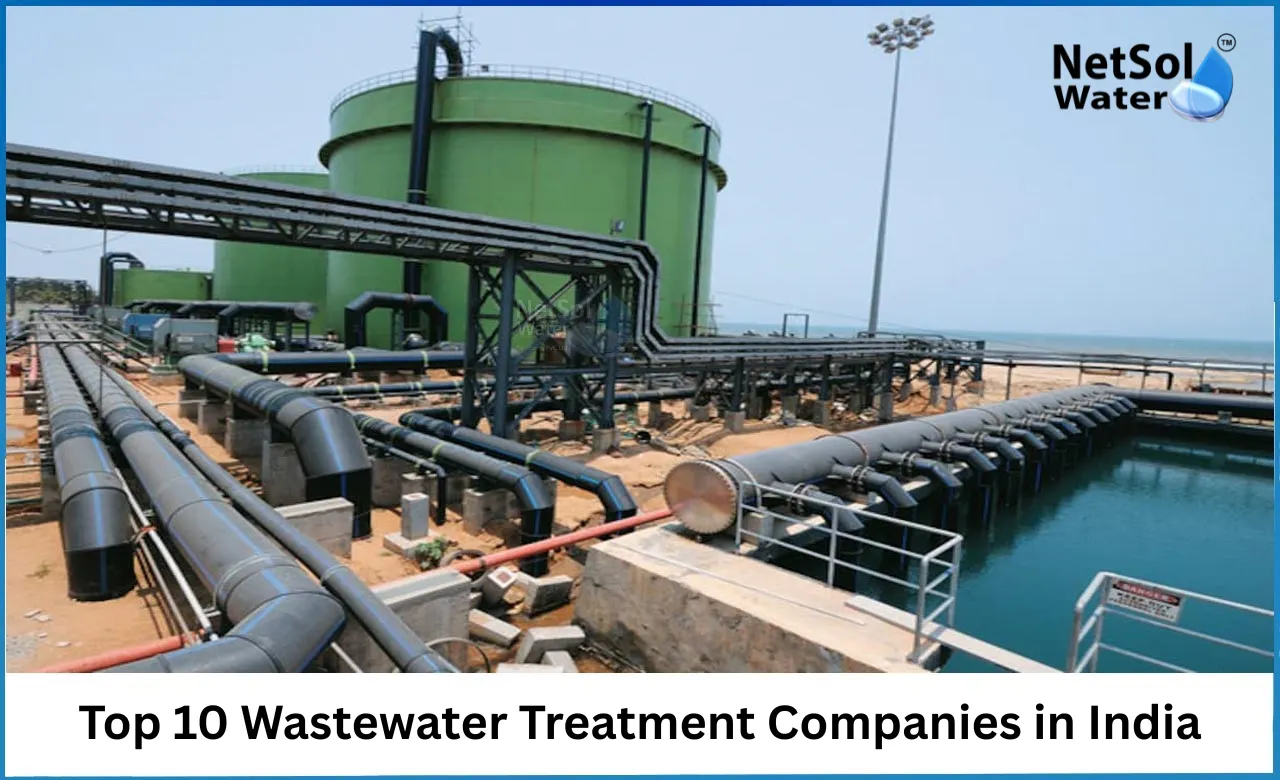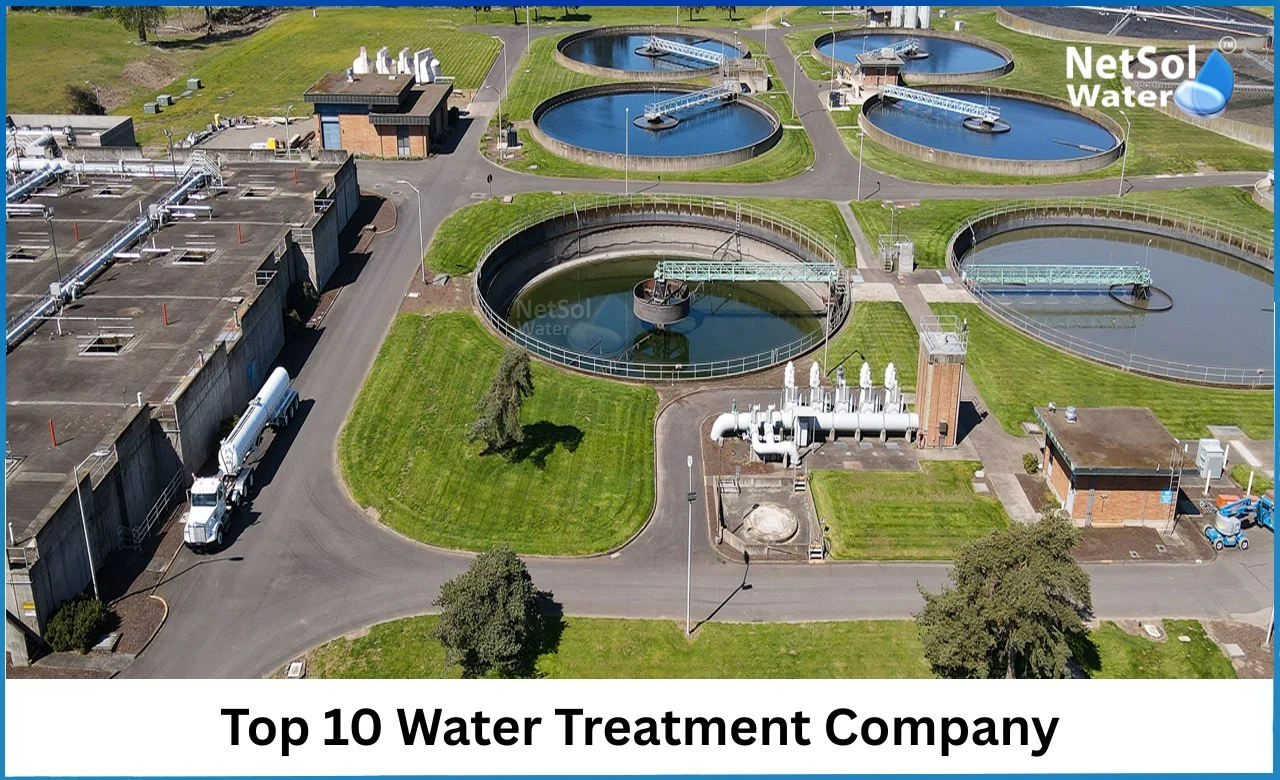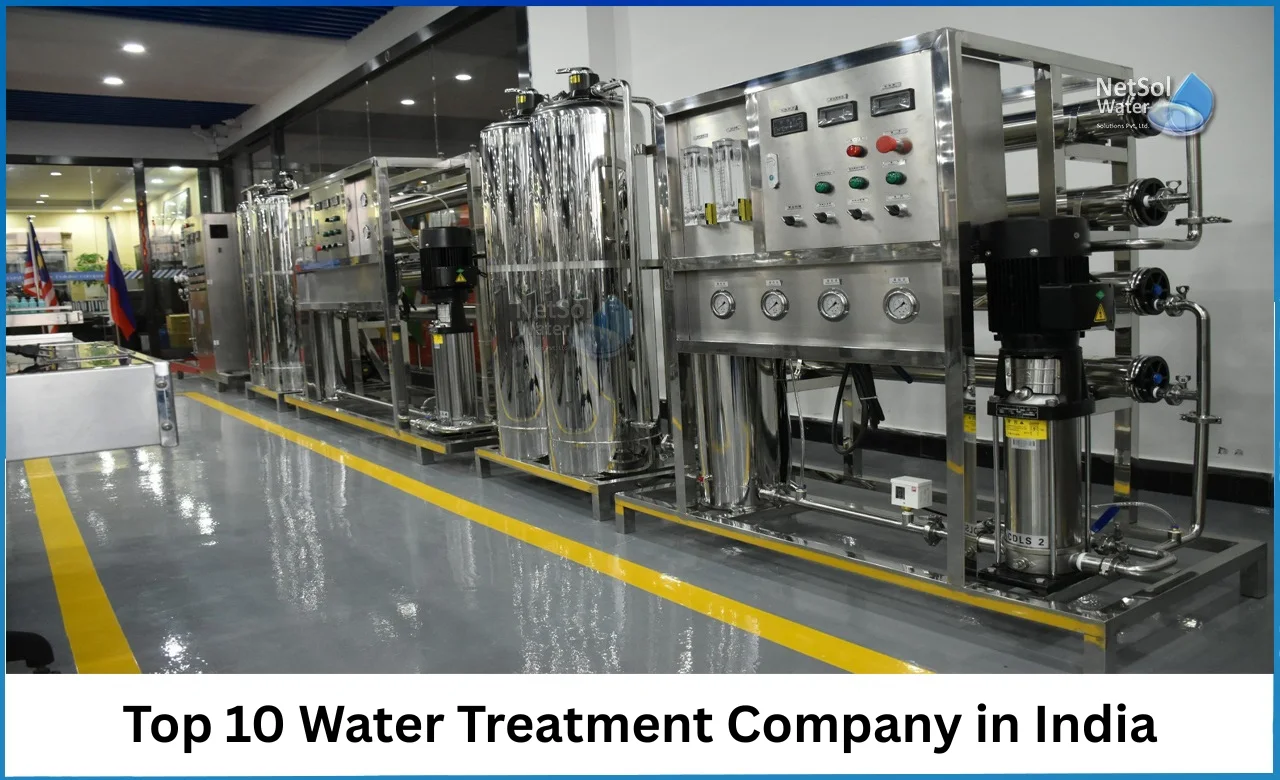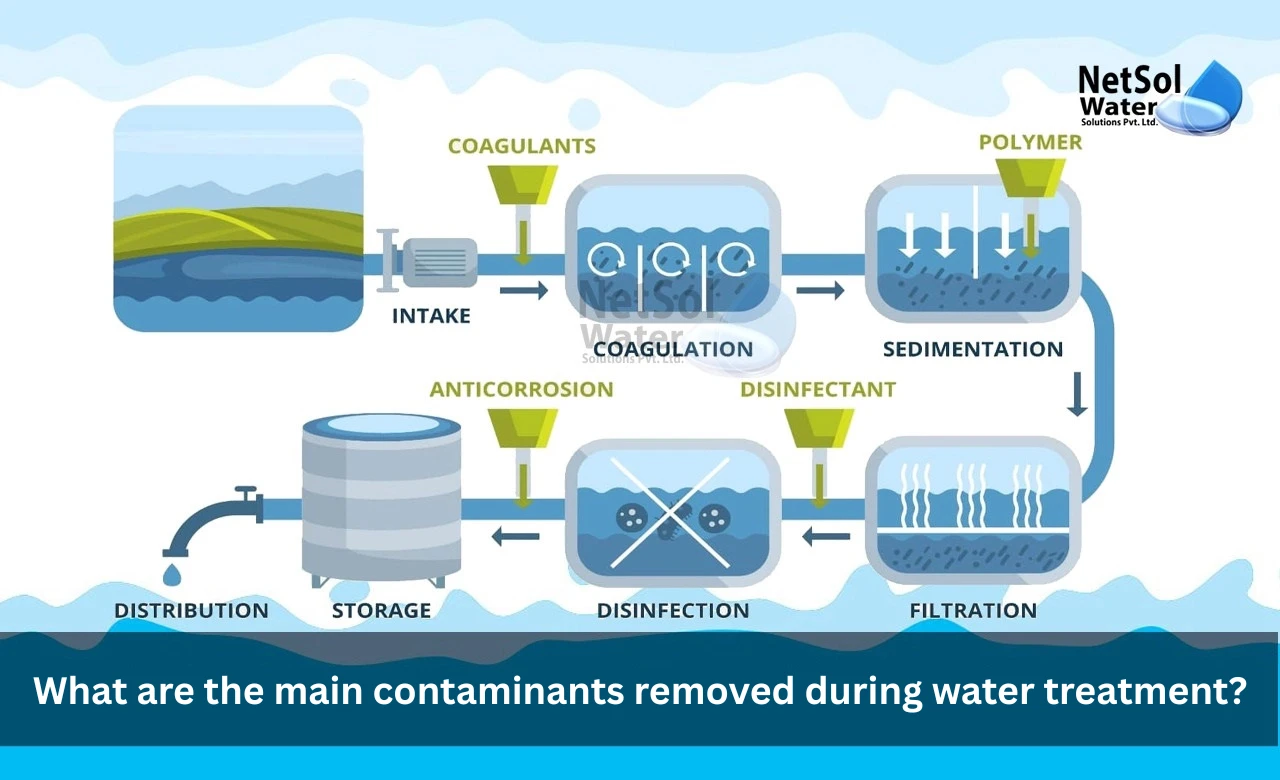Top 10 Wastewater Treatment Companies in India
Wastewater flows from homes and industries. It carries particles that harm health and environment. India faces growing water challenges in cities and rural areas. Communities and businesses need strong partners to treat and reuse water. We will explore the Top 10 Wastewater Treatment Companies in India. Each company offers unique solutions from modular plants to advanced membrane systems. Understanding these providers helps you choose the right partner for cleaner water.
1. Netsol Water
India’s rapid growth calls for reliable wastewater treatment. Netsol Water steps up with personalized solutions. Let us have a look on some of their strengths.
Modular Plant Designs
Netsol Water fits diverse sites with compact systems. Their modular plants work in schools, hotels, and factories. Teams install units quickly and adapt layouts to available space. This approach reduces downtime and eases expansion when flows rise.
Membrane Technologies
They use ultrafiltration and RO membranes to remove microbes and dissolved solids. These filters deliver high-quality effluent. Operators monitor performance through simple controls and dashboards. Quick alerts help teams act before issues grow.
India’s industries demand low-footprint systems. Netsol Water meets that need with compact units and automated controls.
2. Sewage Treatment Plants
Urban and rural areas need reliable sewage treatment. Sewage Treatment Plants fills this gap. Let us have a look on some of their key features.
Biological Treatment Processes
STP uses activated sludge and biofilm reactors to break down organics. Their systems adapt to varying loads and temperatures. Workers manage aeration and solids removal through easy-to-use interfaces. This keeps plants running smoothly.
Decentralized Solutions
They supply small-scale units for villages and housing societies. These plug-and-play plants fit tight sites. Operators perform routine checks without complex tools. Low maintenance keeps costs in check.
By focusing on both large and small applications, STP serves diverse customers and helps meet India’s sanitation goals.
3. Commercial RO Plant
Industries rely on clean water for processes and cooling. Commercial RO Plant delivers membrane-based treatment at scale. Let us have a look on some of their offerings.
High-Recovery Membranes
They design systems that recover up to 85 percent of feed water. This cuts waste and lowers costs. Operators adjust recovery rates to match water quality through simple control panels.
Energy-Efficient Pumps
Their plants use variable-speed pumps to match pressure to demand. This saves power during low-flow periods. Maintenance teams swap components without shutting down the entire system.
Commercial RO Plant meets heavy-duty needs. Their focus on recovery and efficiency reduces both waste and operating expenses.
4. Thermax
India’s industrial giants count on Thermax for turnkey wastewater treatment. Let us have a look on some of their standout capabilities.
Advanced Oxidation Processes
Thermax uses ozonation and UV to tackle recalcitrant pollutants. These methods break down chemicals that biological systems cannot. Engineers integrate these units into larger treatment lines.
Automation and Controls
Their SCADA-based dashboards show real-time flow, pH, and turbidity. Control rooms adjust aeration and dosing through a single interface. Alerts prompt corrective action before issues arise.
Thermax combines chemistry, biology, and automation to meet strict discharge norms for power, chemical, and pharma sectors.
5. Wabag
Wabag brings global expertise to India’s water sector. Let us have a look on some of their major strengths.
Membrane Bioreactors
They deploy MBR technology to produce very clean effluent. These compact systems merge biological treatment and membrane filtration. Clients reuse treated water onsite for cooling towers and irrigation.
Large-Scale Projects
Wabag handles municipal schemes serving millions. Their turnkey approach covers design, construction, and operation. They train local teams to ensure smooth handover.
By combining local insights with international practice, Wabag delivers reliable solutions for cities and industries alike.
6. Veolia
A leader in global environmental services, Veolia strengthens India’s treatment landscape. Let us have a look on some of their platforms.
Digital Monitoring
Veolia’s smart sensors track performance across multiple sites. Cloud-based analytics flag trends and suggest energy savings. Plant managers access reports on any device.
Circular Economy Focus
They recover nutrients and energy from sludge. Anaerobic digesters produce biogas that powers onsite equipment. Solid fractions serve as soil amendments.
Veolia’s use of digital tools and resource recovery aligns with sustainability goals and cuts operating costs over time.
7. Ion Exchange
Ion Exchange India manufactures a range of water and wastewater equipment. Let us have a look on some of their offerings.
Electrodialysis Systems
They use electrodialysis to remove salts from industrial effluent. These units deliver consistent quality at varying feed compositions. Operators dial up capacity through modular stacks.
Chemical Dosing Equipment
They design skid-mounted dosing units for coagulants and pH adjusters. Inline mixers ensure uniform distribution. Maintenance crews swap pumps in minutes.
Ion Exchange pairs proven unit operations with custom controls to meet clients’ exact needs.
8. Softner
Softner focuses on hardness removal and scaling prevention in wastewater streams. Let us have a look on some of their solutions.
Ion-Exchange Softeners
They install brine-based softeners sized to flow rates. Resin technology ensures long run times. Technicians regenerate units automatically based on water volume.
Scale Inhibitor Dosing
They integrate chemical dosing systems to protect heat exchangers and membranes. Control panels adjust feed rates as water hardness varies.
By tackling hardness and scaling early, Softner extends membrane life and cuts fouling in downstream processes.
9. Sustainable Biosolutions Private Limited (SUSBIO)
SUSBIO blends biology and sustainability to treat complex effluents. Let us have a look on some of their core methods.
Bioaugmentation
They seed reactors with specialized microbes to degrade toxic compounds. These strains handle dyes, phenols, and pharmaceuticals. Lab teams tailor blends to each industry’s mix.
Low-Energy Aerobic Reactors
Their shallow aerated lagoons deliver high treatment with minimal power. Simple blowers and diffusers keep oxygen levels stable. Operators use smartphone apps to view key parameters.
SUSBIO’s focus on living systems and resource-lean designs suits clients that seek both performance and eco-credentials.
10. Water Treatment Plants
Water Treatment Plants round out our list with broad-based offerings. Let us have a look on some of their highlights.
Package STP Units
They supply skid-mounted plants that arrive ready to run. Clients hook up inlet and outlet piping and power. Commissioning teams tune each unit to local conditions.
Mobile Treatment Vans
They mount compact systems on trucks to serve remote sites and emergency needs. Operators switch between filtration, disinfection, and sludge handling modules.
With both fixed and mobile formats, Water Treatment Plants meets demand spikes and remote-area challenges alike.
Conclusion
In today’s world secure water reuse and clean discharge drive growth and protect health. The Top 10 Wastewater Treatment Companies in India deliver proven plants and services across sectors. Whether you need a compact modular unit or a city-scale scheme, these firms offer the expertise to treat wastewater reliably. To explore options or request a consultation reach out now. The Top 10 Wastewater Treatment Companies in India stand ready to help you achieve cleaner water and a greener future.
Phone: +91-965-060-8473
Email: enquiry@Netsolwater.com

